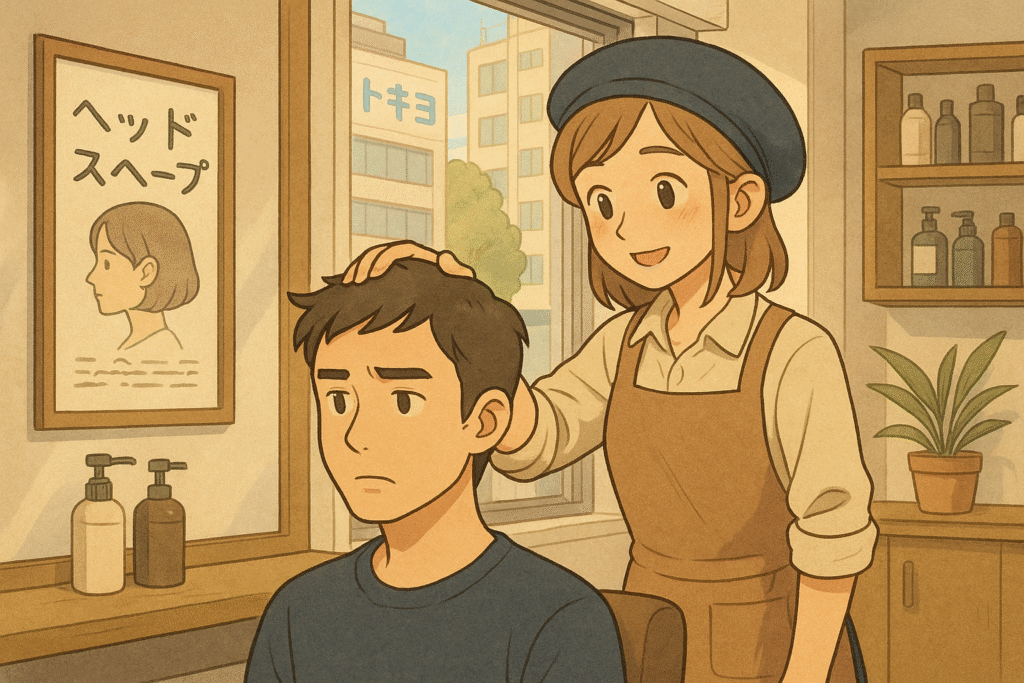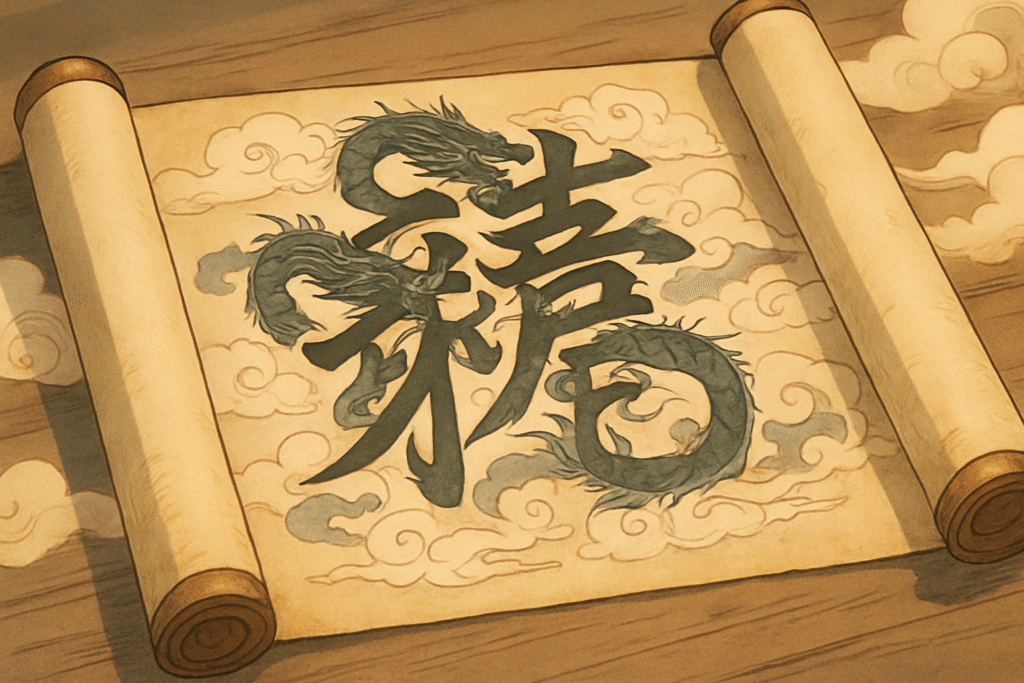Have you ever found yourself in Tokyo, watching a heated anime scene, or trying to navigate Japanese traffic signs, only to realize you don’t know how to say “stop” properly? You’re not alone! Learning how to express “stop in Japanese” is more nuanced than you might expect, and mastering these essential verbs will dramatically improve your conversational skills.
Unlike English, where “stop” covers nearly every situation, Japanese uses different verbs depending on context, formality, and what exactly is stopping. Whether you’re studying for the JLPT N5 or simply want to sound more natural in conversations, understanding these distinctions will set you apart from other learners.
The Foundation: Core Verbs for Stop in Japanese
Tomaru (止まる) – When Things Stop Naturally
The verb tomaru represents the most fundamental way to say stop in Japanese. This intransitive verb describes when something comes to a halt naturally, without external force.
Structure: Subject + が + 止まる
Example:
- バスが止まりました (basu ga tomarimashita)
- “The bus stopped.”
Casual form: 電車が止まった (densha ga tomatta) – “The train stopped.”
Tomeru (止める) – Actively Stopping Something
Tomeru is the transitive counterpart, used when someone or something actively stops another thing. This is crucial for expressing control and intention.
Structure: Subject + は/が + Object + を + 止める
Example:
- 私は車を止めました (watashi wa kuruma wo tomemashita)
- “I stopped the car.”
Casual form: 雨を止めた (ame wo tometa) – “I stopped the rain” (figuratively)
Yameru (やめる) – Quitting or Discontinuing
When you want to express stopping an activity or habit, yameru is your go-to verb. This is essential for daily conversations about quitting jobs, habits, or activities.
Example:
- タバコをやめました (tabako wo yamemashita)
- “I quit smoking.”
Casual form: ゲームをやめた (geemu wo yameta) – “I stopped playing games.”
Essential Phrases: How to Say Stop in Japanese Conversations
Immediate Commands and Requests
やめて (yamete) – “Stop it!” (casual) Perfect for friends or casual situations when you need someone to stop immediately.
やめてください (yamete kudasai) – “Please stop” (polite) Use this with strangers, colleagues, or in formal situations. Adding “kudasai” shows respect and politeness.
止まって (tomatte) – “Stop!” (casual command) Direct and immediate, similar to shouting “halt!” in English.
Polite Social Situations
ちょっと待って (chotto matte) – “Wait a moment” This gentle phrase asks someone to pause or slow down, perfect for everyday interactions.
もう十分です (mou juubun desu) – “That’s enough” (polite) Use this when declining more food, drink, or when you want something to stop politely.
Context Matters: Choosing the Right Stop in Japanese
Traffic and Transportation
On Japanese roads, you’ll see 止まれ (tomare) on stop signs. This imperative form commands drivers to halt completely.
Social Interactions
Understanding formality levels is crucial. Just like learning how to properly greet someone with こんにちは, choosing between casual yamete and polite yamete kudasai depends entirely on your relationship with the listener.
Professional Settings
In business contexts, always lean toward polite forms. The difference between casual and formal speech can make or break professional relationships in Japanese culture.
Want to explore Japan’s culture?
Discover Japan’s rich culture, traditions, and hidden gems with our expertly crafted guides. Get insider tips on travel, food, and history. All for free!
Advanced Usage: Conjugations and Variations
Past Tense Forms
- 止まった (tomatta) – stopped (casual past)
- 止まりました (tomarimashita) – stopped (polite past)
- やめた (yameta) – quit (casual past)
- やめました (yamemashita) – quit (polite past)
Negative Forms
- 止まらない (tomaranai) – doesn’t stop
- やめない (yamenai) – won’t quit
- 止めません (tomemasen) – won’t stop (polite)
Te-form Applications
The te-form (て-form) is essential for connecting actions and making requests:
- 止まっています (tomatte imasu) – is stopped/has stopped
- やめています (yamete imasu) – has quit/is not doing
Common Mistakes to Avoid
Mistake 1: Using “sutoppu” (ストップ) in formal situations While this English loanword exists, it’s very casual and best reserved for friendly contexts.
Mistake 2: Confusing transitive and intransitive verbs Remember: tomaru (things stop by themselves) vs. tomeru (you stop things).
Mistake 3: Wrong formality level Always consider your relationship with the listener when choosing between casual and polite forms.
Learning Tips for Japanese Verbs
- Practice with real scenarios: Imagine situations where you’d need each verb and practice the appropriate response.
- Study verb pairs: Many Japanese verbs come in transitive/intransitive pairs. Learning them together improves understanding.
- Use spaced repetition: Regular review helps cement these important distinctions in your memory.
- Watch Japanese media: Pay attention to how native speakers use these verbs in different contexts.
For comprehensive grammar patterns and structured learning, consider our JLPT N5 Study Guide which covers all essential verbs and their conjugations systematically.
Quick Reference: Stop in Japanese Summary
The most common way to say stop in Japanese is “yamete” (やめて) for casual situations and “yamete kudasai” (やめてください) for polite contexts.
- Tomaru/Tomeru: Physical stopping (vehicles, objects, actions)
- Yameru: Quitting activities, habits, or jobs
- Matte: Asking someone to wait
- Formality matters: Always consider your relationship with the listener
Frequently Asked Questions
Q: What’s the most polite way to ask someone to stop in Japanese? A: “Yamete kudasai” (やめてください) is the most universally polite way to ask someone to stop what they’re doing.
Q: How do you say “stop the car” in Japanese? A: “Kuruma wo tomete kudasai” (車を止めてください) – literally “please stop the car.”
Q: Is there a difference between stopping an action and stopping movement? A: Yes! Use “yameru” for stopping activities/habits and “tomaru/tomeru” for stopping physical movement or objects.
Q: Can I use “sutoppu” (ストップ) in any situation? A: “Sutoppu” is very casual and borrowed from English. It’s fine among friends but avoid it in formal or business settings.
Q: What’s the emergency word for “stop” in Japanese? A: “Tomare!” (止まれ!) is the strongest command form, similar to shouting “HALT!” in English.
Mastering how to say stop in Japanese opens doors to more natural conversations and better cultural understanding. Remember, context and relationship dynamics determine which form to use, so practice these phrases in various scenarios to build confidence. With consistent study and attention to formality levels, you’ll soon navigate these essential Japanese expressions effortlessly!
Love Japan? Stay in the Loop!
Get the best of Japan straight to your inbox: language, culture & travel insights!




